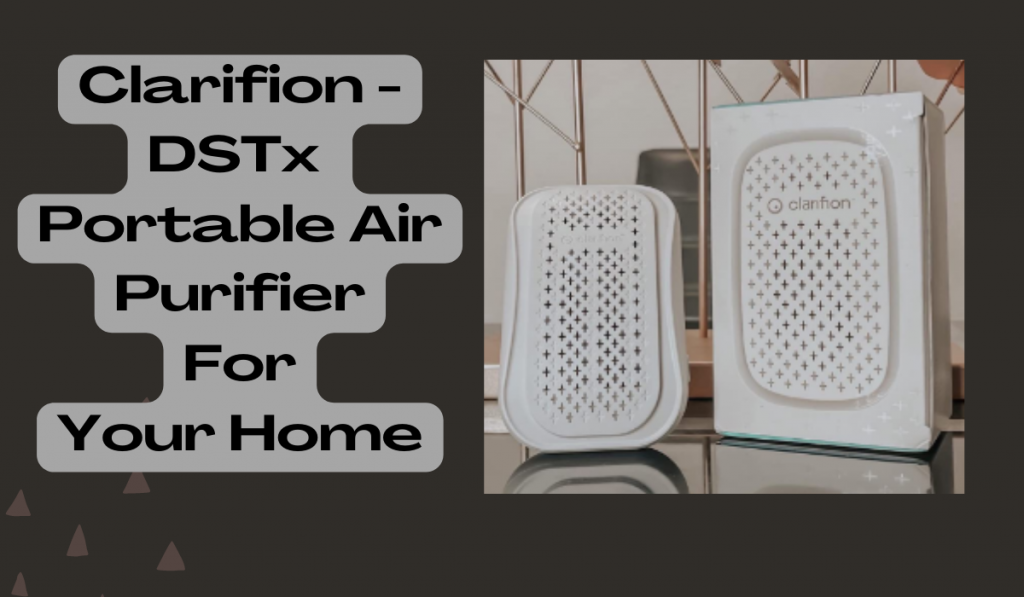Contemporary design is an ever-evolving landscape where aesthetics and functionality intertwine seamlessly. One material that has been garnering attention in the upmarket design sphere is perforated plywood panels. These versatile elements have transcended their conventional use, becoming a hallmark of modern design. This article explores the intersection of function and form in using perforated wood panels, examining how designers leverage their potential to create visually striking and purposeful spaces.
The Elegance of Plywood: A Brief Overview
Before delving into the world of perforation, it’s crucial to appreciate the inherent qualities of plywood. Renowned for its strength, flexibility, and sustainability, plywood serves as an ideal canvas for design innovation. Its layered composition balances durability and adaptability, making it an attractive choice for architects and designers committed to achieving excellence.
Functionality Redefined: Perforation as a Design Element
Porous plywood panels represent a departure from the traditional use of this material. The strategic placement of perforations transforms these panels into dynamic design elements, introducing an element of surprise and sophistication. Beyond their visual appeal, the perforations serve a dual purpose, enhancing the functionality of the panels.
1. Light and Shadow Play
One of the most captivating aspects of plywood panels lies in their ability to manipulate light and shadow. As sunlight filters through the perforations, it casts intricate patterns that dance across surfaces, creating an ever-changing visual spectacle. Designers leverage this interplay to craft environments that are aesthetically pleasing and dynamic, adapting to the shifting nuances of natural light throughout the day.
2. Spatial Division and Privacy
In open-concept spaces, achieving a balance between connectivity and privacy is often a challenge. Perforated wood panels emerge as a solution, providing a subtle yet effective means of spatial division. The punctured patterns maintain a sense of openness while delineating distinct zones within a larger area. This approach is particularly relevant in residential spaces, where the need for privacy coexists with the desire for an expansive and interconnected atmosphere.
3. Acoustic Innovation
The integration of perforated panels extends beyond the visual realm to address acoustics, a critical consideration in today’s design ethos. By strategically varying the size and density of perforations, designers can control sound absorption and diffusion. This functional aspect makes them an invaluable tool in creating acoustically optimised spaces, from trendy offices to upscale hospitality venues.
Elevating the Aesthetic: Perforated Plywood in High-End Design
The beauty of porous plywood panels lies not only in their utilitarian functionality but also in their ability to elevate the aesthetic of a space. High-end design demands a meticulous balance between opulence and subtlety, and they offer a unique avenue to achieve this equilibrium.
Incorporating Perforated Plywood in Luxury Residences
Luxury residences often serve as showcases for cutting-edge design, and perforate wood panels find their place in this realm of sophistication. Whether used as feature walls, room dividers, or bespoke furniture pieces, these panels introduce an element of craftsmanship and refinement that resonates with discerning homeowners. The interplay of light and shadow, combined with the tactile quality of perforated plywood, creates an ambience of understated luxury.
Summing up, in modern design, perforated plywood panels stand as exemplars of the symbiosis between function and form. From their utilitarian roots, these panels have evolved into versatile elements that redefine spatial aesthetics. The elegance of plywood, combined with the strategic use of perforations, results in a visual language that speaks to both luxury and functionality. As architects and designers continue to push the boundaries of creativity, perforated wood panels remain a testament to the enduring appeal of materials that seamlessly blend form and function.


